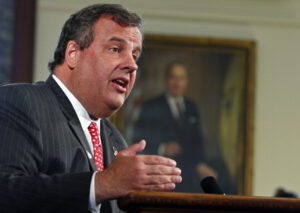Writing press releases: 7 tips to improve your copy
 Writing a press release doesn’t have to be hard. Some writers, intimidated by the thought of writing copy that eventually will be reviewed by professional reporters and editors, make the mistake of trying to “elevate” their writing. Long words replace short ones, sentences become more complex and the message gets lost amid a sea of technical terminology.
Writing a press release doesn’t have to be hard. Some writers, intimidated by the thought of writing copy that eventually will be reviewed by professional reporters and editors, make the mistake of trying to “elevate” their writing. Long words replace short ones, sentences become more complex and the message gets lost amid a sea of technical terminology.
By keeping in mind a few simple guidelines, writers can produce shorter, more effective press releases that emphasize clear communication over impressing an editor. Employ these few simple tips, and you may just do both:
Start strong
Your lead, or opening paragraph, doesn’t have to be fancy or long-winded to get results. It should, however, follow the “inverted pyramid” formula of placing the most important information up top, followed by less important and finally background information. Reporters and editors are busy; don’t make them hunt through your copy to find your news.
Read more »













